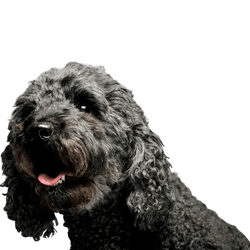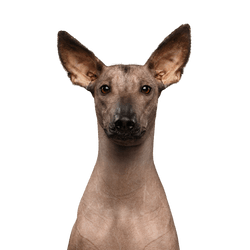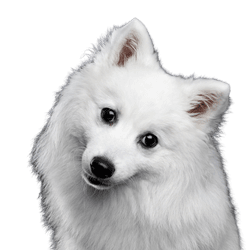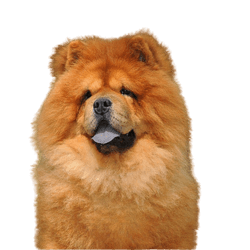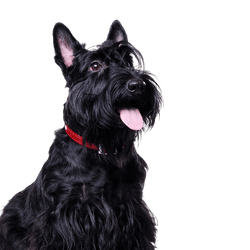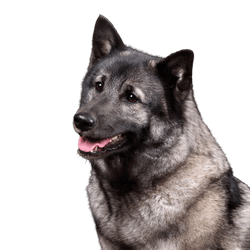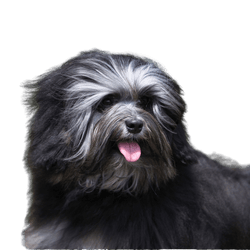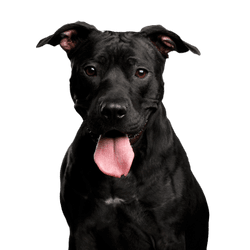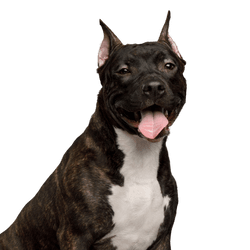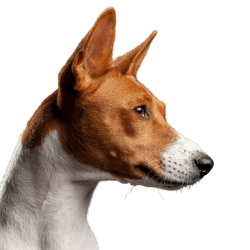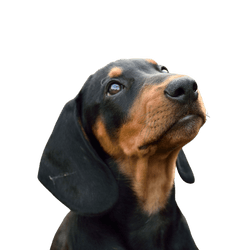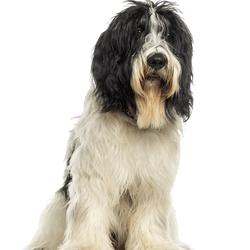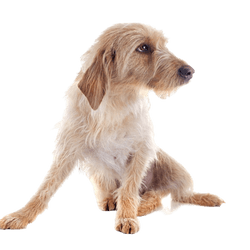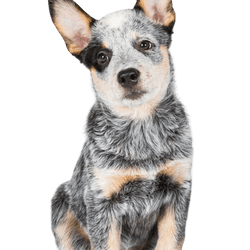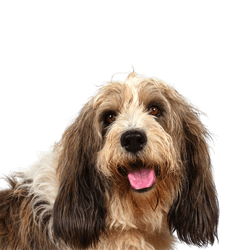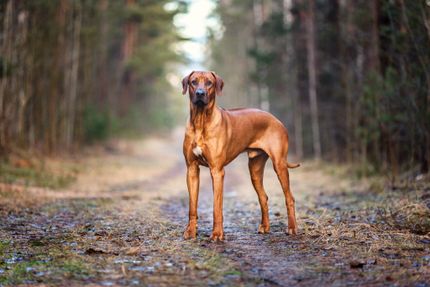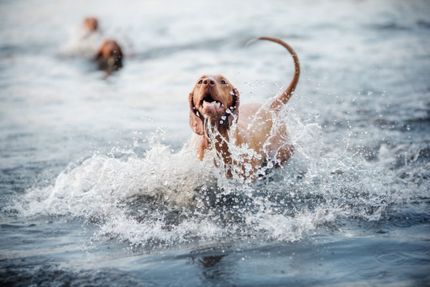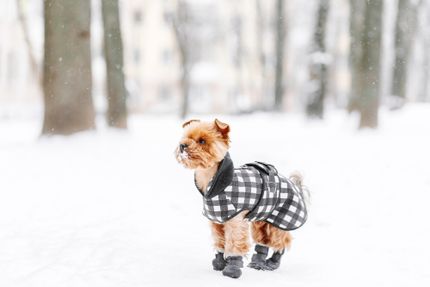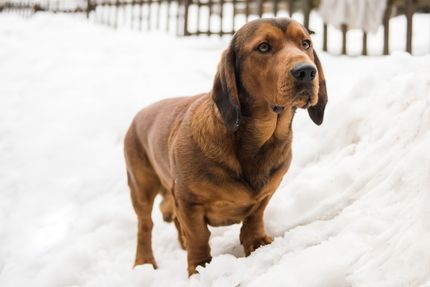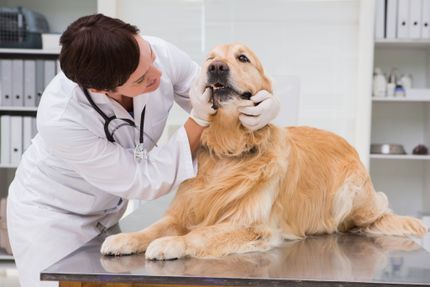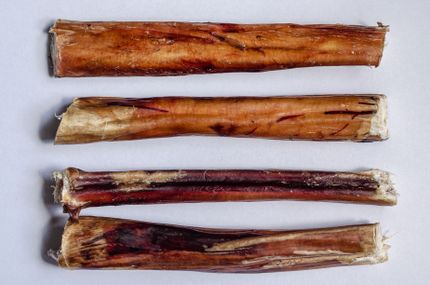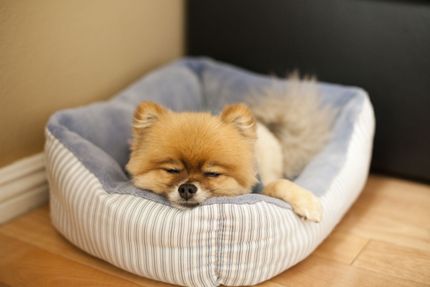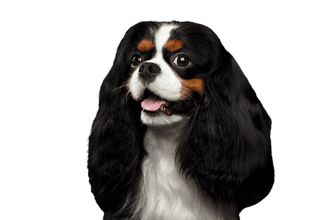
Cavalier King Charles Spaniel Breed description: Character & Co
Cavalier King Charles Spaniel
Facts & Origin
The Cavalier King Charles Spaniel, originating in Great Britain, is classified in FCI Group 9, Section 7 under Standard No 136. This breed is also called Cavalier Spaniel or Cavalier. The small Spaniels are kept as companion and family dogs and have an extremely cheerful attitude as well as being very cuddly.
Origin and history of the Cavalier King Charles Spaniel
The Cavalier King Charles Spaniel finds its origin in the 16th and 17th century at the court of King Charles, from where its name also originates. In paintings by Anthonis van Dyck, Cavalier Spaniels were pictured playing with children. The dogs were therefore regarded as the cuddly "friends of children". The Cavalier Spaniels were entered in the Kennel Club Stud Book in 1892, but at that time they had longer muzzles than it is usual today. The Cavalier King Charles Spaniel breed changed with the crossbreeding of the Japan Chin. The muzzle of the dogs became shorter and finally the short nose variation was recognised in 1945. Ten years later, the breed was finally accepted by the FCI. But it was not until 2008 that an agreement was reached on the official breed standards. The additional name "Cavalier" was added in 1642, when Charles I. called his troops Cavaliers during the English civil war.
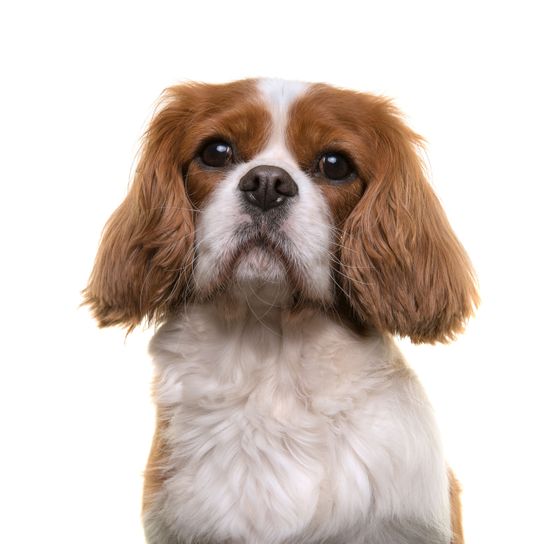
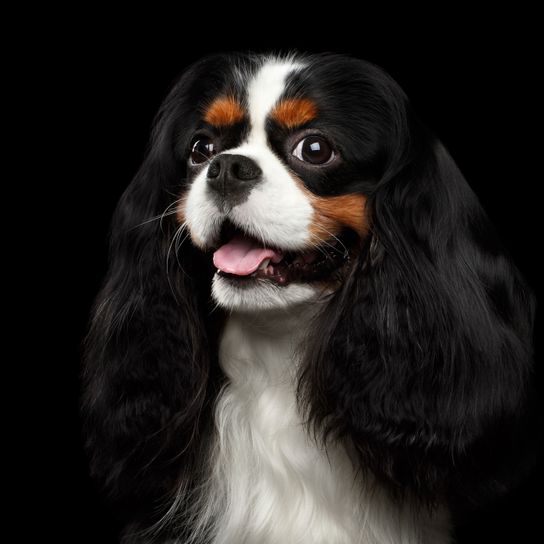
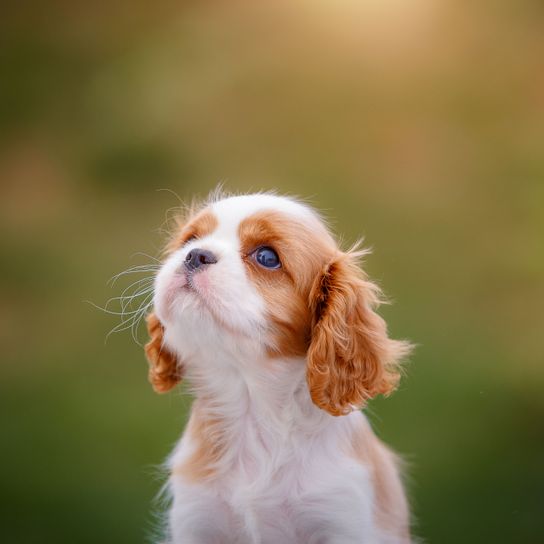
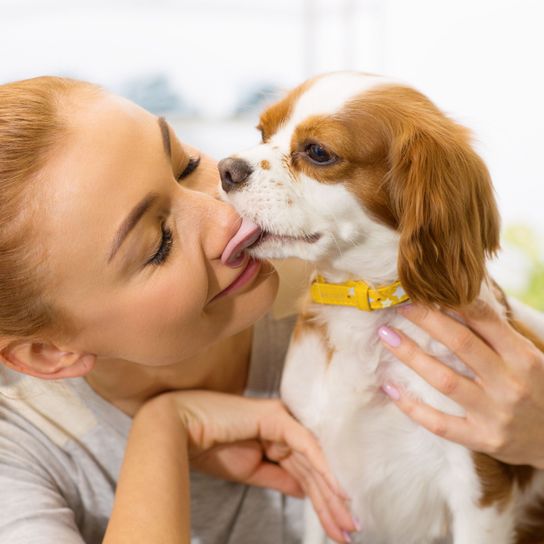
| Alternate Name | Cavalier Spaniel, Cavalier King Charles, English Toy Spaniel |
| Origin | England |
| Life expectancy | 9 - 14 years |
| Care requirements | low-maintenance |
| Activity level | low |
| FCI group | English Toy Spaniels |
| AKC group | Toy Group |
| KC group | Toy Group |
Cavalier King Charles Spaniel mixes
Attitude, character and temperament of the breed
Description and characteristics of the Cavalier King Charles Spaniel
The Cavalier Spaniel is a little charmer who will conquer your heart in no time with its warm and playful nature. Also their big, round eyes will immediately melt your heart. The small dog reaches a height of about 32-34 cm measured at the withers, with a weight of 5-8 kg. The unique face of this dog breed makes it instantly recognisable among others and their Spaniel genes also come through in their appearance. Their wavy coat is of medium length and silky. The ears are also long and fluffy, as it is typical for a Spaniel. This breed is usually tri-coloured or uni-coloured.
The essence of the Cavalier King Charles Spaniel
If you own a Cavalier Spaniel yourself, you know how cuddly and affectionate these little darlings can be. The small Spaniel is as good a choice for beginners and older people as it is for experienced dog owners who would like a stress-resistant and gentle dog. It is particularly noticeable that even at puppy age, Cavalier Spaniels are already enthusiastic about approaching strangers and exploring the area. So if you are looking for an active, happy and affectionate dog, you should buy a Cavalier Spaniel.
Attitude of the Cavalier King Charles Spaniel
Even if the little Spaniel loves to cuddle, you should make sure they get enough exercise. The enthusiastic Spaniels love to explore the area around them and can also be a little stubborn. Apart from their sweet nature, the dogs are also extremely intelligent. They are very perceptive and always try to act in your interest as their owner. Cavalier King Charles Spaniels learn very fast and find enjoyment in doing intelligence games for dogs. They also have great fun doing dog sports, like agility or dog dancing. If you would like to train with your dog and take part in companion dog examinations, this type of Spaniel is well suited for you. They enjoy executing every command correctly, provided they are sufficiently rewarded.
Since most Spaniels love to eat, a balanced and appropriate diet needs to be provided. High quality food is a necessity and also contributes to a shiny coat and the health of your dog. During walks, you should take care that your dog does not stick their head in any remains of other animals. Spaniels usually have a big appetite and are quick to find all kinds of things edible.
In regards to the Cavaliere's training, patience and trust is a necessary basis. The little Spaniels have a mind of their own and like to test their limits. Nevertheless, after some time they are very obedient and will carry out commands with great pleasure. The most important thing is to keep a clear but calm tone, because these dogs can react very sensitively to a handling that is too rough.
Character
Usage
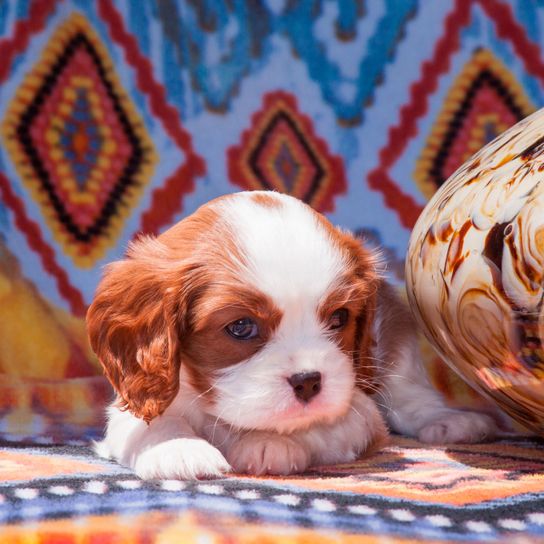

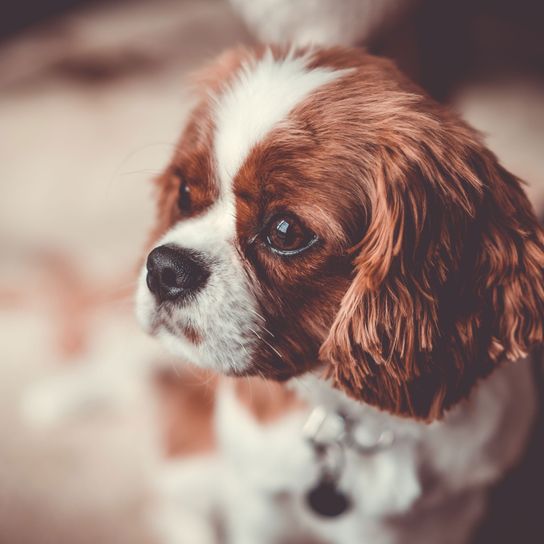


Health and breeding information
Typical diseases of the Cavalier King Charles Spaniel
Unfortunately, the Cavalier Spaniel is affected by a variety of hereditary diseases. Some of them even with fatal outcome since they are not curable. Here you can find a list of possible hereditary diseases:
- Mitral valve disease (malfunction of the heart valves)
- Episodic Fall Syndrome, Syringomyllia or CM (nervous disorders)
- Ferner Curly Dry Eye Syndrome
- Problems with their kneecaps (patella)
- High risk of allergies (Cavalier King Charles Spaniels are usually intolerant to different foods, shampoos or different plants)
- The long floppy ears of the Cavalier King Charles Spaniel are prone to developing ear infections. For this reason, you should check your dog's ears regularly and remove any remaining dirt after walks.
Buying a Cavalier Spaniel
If you want to buy a Cavalier King Charles Spaniel puppy, you have to expect to pay around 1000 Euros.


Cavalier Spaniels reach a height of 32-34 cm measured at the withers, with a weight of 5-8 kg. The average life expectancy is about 11 years.
Care of the Cavalier Spaniel
Cavalier King Charles Spaniels are generally very easy to care for. Their diet is also an easy one. Due to the breed's longer coat you should brush your Spaniel every other day, a daily coat care routine is also recommended. Of course, this is not a must if you are lacking time, but it helps to keep the coat tangle-free. If you don't brush your Spaniel for a longer time, it might have to get their fur trimmed in the worst case. The coat of all types of Spaniels tangles very easily, but with regular grooming it will stay incredibly silky and soft. A comb and an ordinary dog brush is a basic requirement for grooming. If necessary, the Cavalier Spaniel can also be bathed, but this is not a must.
| Fur length | medium |
| Fur | flat coated |
| Ear shape | Floppy Ear |
| Tail | fanned out |
| Anatomy | - |
| Size ♀ | 30 - 33 cm |
| Weight ♀ | 6 - 8 kg |
| Size ♂ | 30 - 33 cm |
| Weight ♂ | 6 - 8 kg |
| Suitable For | Beginner, Children |
Colors

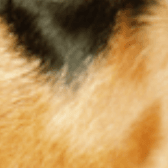
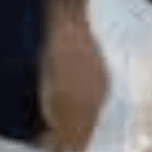
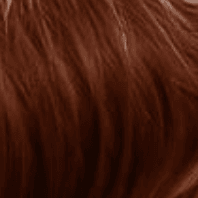
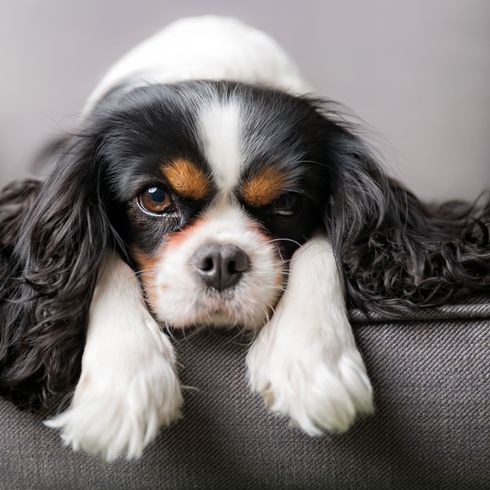

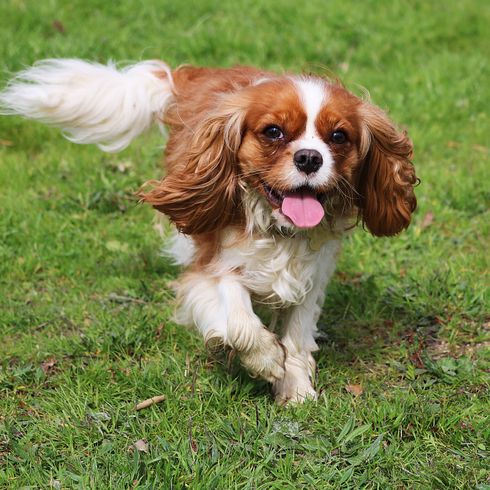
Known Diseases
valvular insufficiency
Heart valve diseases in dogs are among the most common heart diseases. Most often it is an acquired change in a heart valve.
Mitral Valve Diseas (MVD)
Mitral valve disease in animals and dogs, respectively
Curly Coat Dry Eye
Eye disease in dogs.
Kidney disease
Symptoms of kidney disease in dogs: increased urination (polyuria) increased water intake. Inflammation of the mucous membrane of the mouth. Loss of appetite
FAQ
-
A Cavalier Spaniel can stay alone for a maximum of 5 hours.
-
Yes, a Cavalier King Charles Spaniel needs to be sheared regularly.
-
- American Cocker Spaniel
- American Water Spaniel
- Boykin Spaniel
- Clumber Spaniel
- English Cocker Spaniel
- English Springer Spaniel
- Field Spaniel
- Continental Dwarf Spaniel
Despite the name not a Spaniel:
- Tibetan Spaniel
- Epagneul Français
- Epagneul Picard
- Epagneul Bleu de Picardie
- Brittany Spaniel
-
A Cavalier Spaniel costs about 2000 Euro.
Other medium dogs
Useful Articles
You can find articles that might interest you in the dogbible blog to match your favorite breed.
Visit our magazineto stay up to date on dog trends.
To find out more, view our Privacy Policy
Find here the breed that suits you and find out what character traits it has. Here you can also learn more about the origin, size and weight of your favorite breeds.
Matching your favorite breed, you'll find articles that might interest you on the dogbible dog blog.
Perfect city dogs: These are the breeds you should get if you live in a big city
Travelling with a dog in a Camper - this is what you have to bear in mind!
Ear infection in dogs - 5 tips and prevention of inflammation
Dog eats pig bones - is it dangerous? Everything you need to know about bones and dogs





